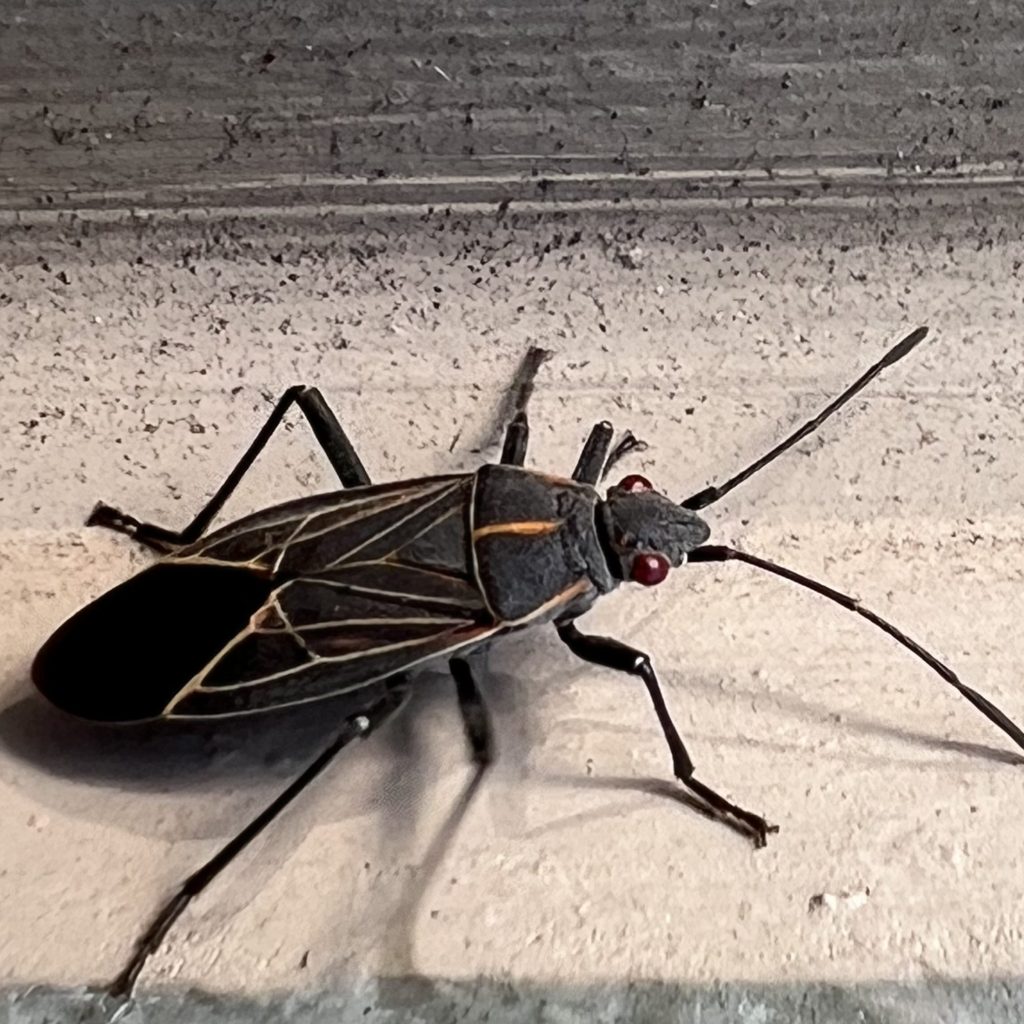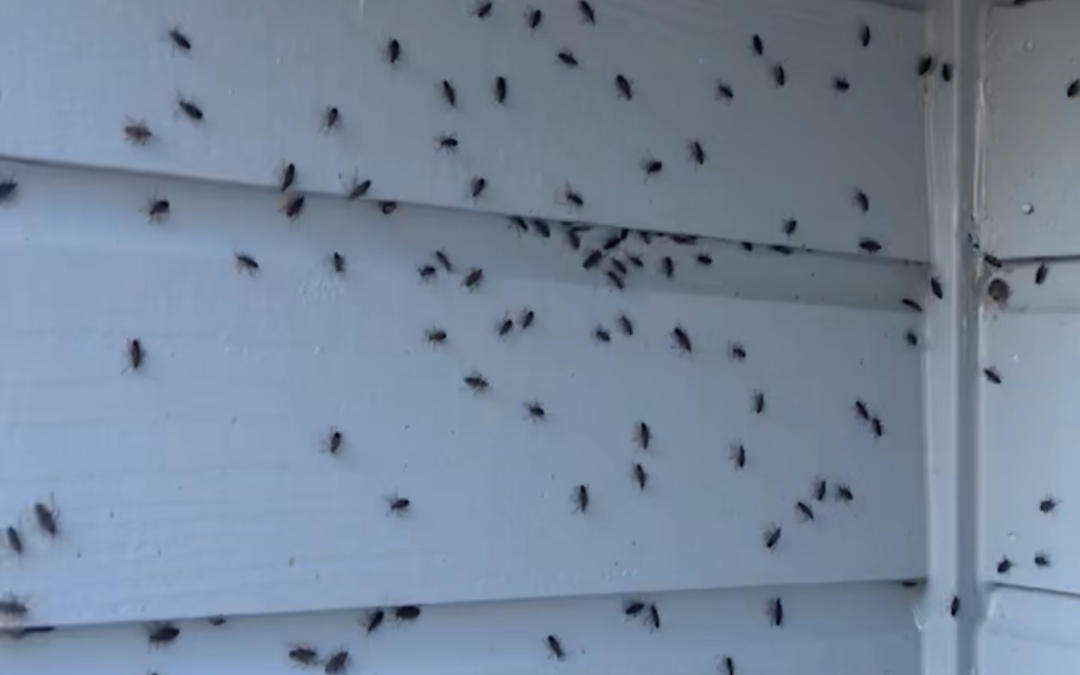Have you noticed small, reddish-black bugs congregating around your home as the seasons change? These might be box elder bugs, a common sight in many regions of Western Oregon, especially near box elder, maple, and ash trees. While they’re mostly a nuisance, many homeowners wonder about their potential harm and whether they bite. In this article, we’ll dive deep into the world of box elder bugs, addressing common concerns about whether they are harmful or if they bite, and how you can manage them effectively.
Key Takeaways
- Understand what box elder bugs are and their typical behavior.
- Learn to identify these pests by size, color, and habitat.
- Discover if box elder bugs pose any serious risks.
- Recognize signs of a significant box elder bug presence.
- Explore effective prevention and DIY control measures.
- Know when it’s time to call in professional pest control services.
- Understanding the Pest at Hand
Get to know the Box Elder Bug
The box elder bug, scientifically known as Boisea trivittata, is a member of the true bug family Rhopalidae. One of its most striking features is its vibrant coloration, featuring a dark, elongated body adorned with vivid red markings. These bold colors serve as a warning to potential predators, signaling that the box elder bug is not to be trifled with.
Box elder bugs are North American natives, primarily known for their distinct appearance and seasonal invasions. As the weather cools, they often seek shelter inside Oregon homes to overwinter, which is why they become more visible during fall. While they are not known to cause serious harm, their high numbers can be quite a nuisance. Also, given that they are a bug that uses their mouthparts to pierce plants, they typically won’t bite humans. Great news given how many you might see around your house!
How to ID Box Elder Bugs
- Size: About 1/2 inch long.
- Color: Black with orange or red markings on their back.
- Diet: Primarily feed on the juices of box elder trees, but also maple and ash trees.
- Habitat: Found mainly on and around their host trees during warmer months; migrate indoors to overwinter.
- Behavior: Known for congregating in large groups, especially on warm surfaces exposed to the sun.

Risks of a Box Elder Bug Infestation
Box elder bugs are primarily considered a nuisance. They do not typically bite or cause structural damage to buildings. However, their droppings can stain fabrics, walls, and floors, and large gatherings can be off-putting and lead to some distress. In large numbers, they can be very aggravating, particularly when they start showing up inside towards the beginning of Winter. Smashing high numbers of Box Elder Bugs can release an unpleasant odor, which nobody really appreciates.
Just to be clear, earlier you said that Box Elder Bugs Won’t Bite?
Mostly correct. They typically will not bite humans. As a career pest control professional, I have been covered with literally hundreds of Box Elder Bugs during a service and have never experienced a “bite”. There are rare reported cases in which they can cause a small red irritation on your skin if their pointy mouth part hits it just right. I find that in practice, it seems extremely unlikely that they will bite people.
Here’s another piece of great news: They do not sting or transmit diseases either!
Signs of Box Elder Bug Infestation
If you’re reading this article, then that’s the first sign that you may have an infestation.
Typically, large numbers of bugs are around the outside of the house, especially on sunny, warm days in October. They will be found clustering around windows, doors, and other entry points on the sunny sides of buildings.
If box elder bugs successfully overwinter within your building, expect to see them reappear in greater numbers during the spring. As the weather warms, these bugs become more active and begin seeking a way outdoors to enjoy the spring and summer months. This seasonal resurgence can lead to a noticeable increase in their indoor presence as they try and find exits.
Prevention
Keeping box elder bugs at bay involves a few proactive steps:
- Seal cracks and crevices around windows, doors, siding, and utility pipes.
- Replace or repair any damaged window and door screens.
- Remove or reduce box elder trees near your home if the problem persists annually. This is a drastic step, but you can also replace any female (seed-bearing) trees with their male counterpart. The non-seed bearing trees will be absent of a food source for the Box Elder Bugs.
DIY Control Measures
Managing box elder bugs doesn’t have to involve harsh chemicals. In fact, there are some simple control measures that you can do yourself.
For more information, please check out our article on Box Elder Bug Control Strategies HERE.
When to Call a Professional?
But what happens if DIY methods fail to control the bug population.
You experience recurring invasions every year.
You want to ensure the problem is handled safely and thoroughly without damage to your home.
Box elder bugs may not pose significant health or property risks, but managing their numbers can help maintain the comfort and aesthetic of your home. By understanding these pests and taking appropriate measures, you can keep your living space bug-free and pleasant. If the problem seems overwhelming, don’t hesitate to call a professional pest control service to handle the situation efficiently.
Good luck fighting the good fight!


